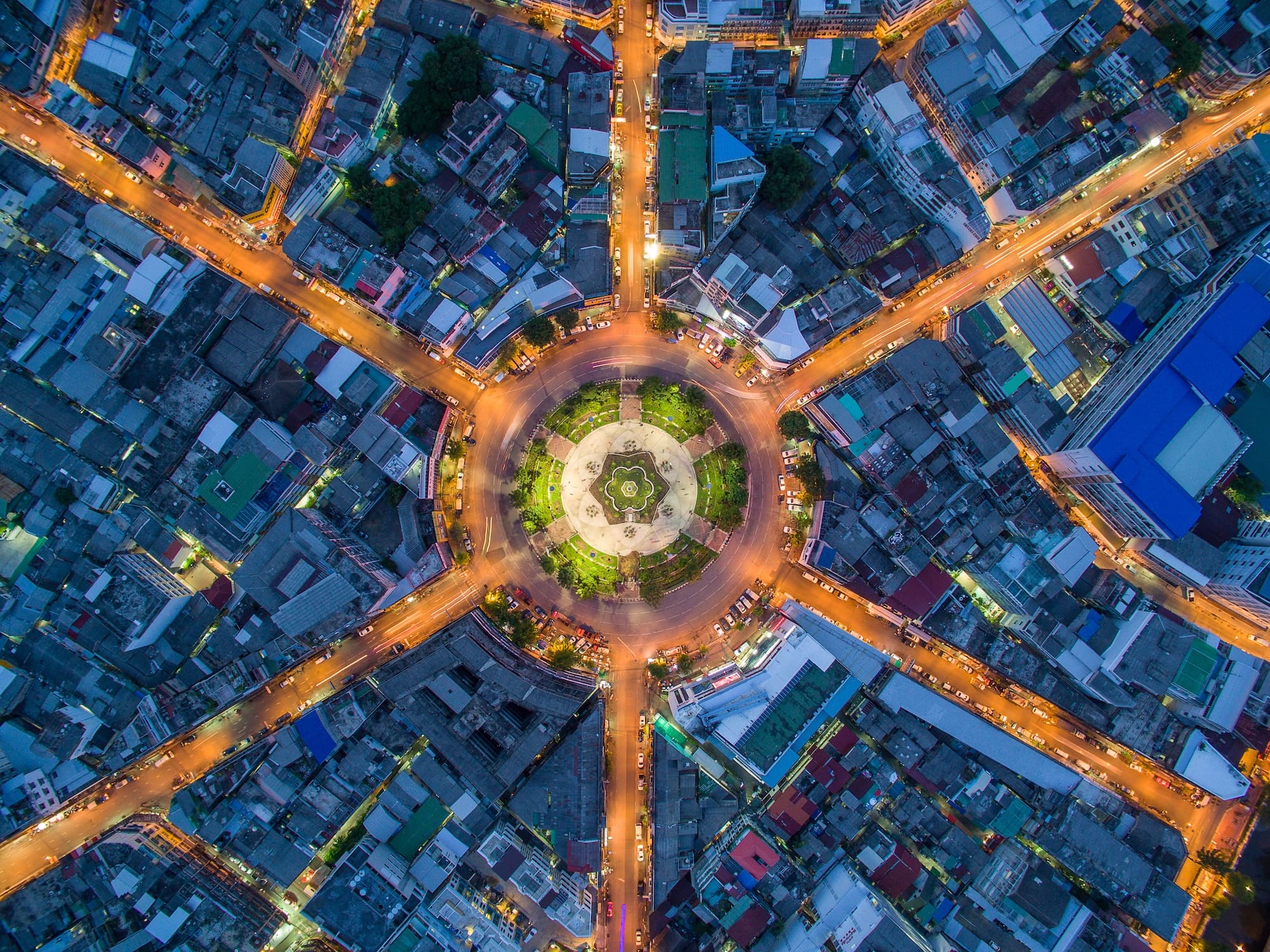Insight
The untapped power source
Asia’s energy transition isn’t short of capital or technology. What it lacks is belief – and brand is the fuel that can spark it.

Asia is powering the world’s next growth story. From Singapore’s financial might to Vietnam’s manufacturing surge, from Malaysia’s oil wealth to Thailand’s booming tourism and tech, the region’s appetite for energy is voracious. By 2035, Southeast Asia alone will contribute more than a quarter of global energy demand growth.
But this is not just a story about barrels, gigawatts, and carbon. It is a story about perception, trust, and meaning. Because while governments juggle the energy trilemma of security, affordability, and sustainability, the companies that will thrive are not simply those that generate power. They are those that own the narrative.
Growth at full throttle
Let’s start with the economic reality. Vietnam expects double-digit annual growth in electricity demand this decade. Malaysia is doubling down on industrial expansion while pledging 70% clean energy by 2050. Singapore, with no natural resources of its own, is buying power from its neighbours while pushing to be a global hub for green finance.
These are the paradoxes of a region on the rise. Asia is not choosing between growth and sustainability but trying to have both. And it has no choice: factories need power; cities need air conditioning; families need affordable fuel. At the same time, investors, partners, and young consumers demand action on climate.
This is the high-wire act that defines Asia’s next decade.
Brand matters now more than ever
It’s tempting to think this is all about infrastructure and policy. But infrastructure only delivers electrons. Brand delivers belief.
While governments juggle the energy trilemma of security, affordability, and sustainability, the companies that will thrive are not simply those that generate power. They are those that own the narrative.
In times of upheaval, people want to know not just what companies do, but what they stand for. Consumers ask: are you keeping my bills affordable? Investors ask: are you aligned with net zero? Governments ask: are you helping or hindering our national plans? Communities ask: are you creating jobs and protecting health?
The answers to these questions are not just technical, but narrative. And narrative is brand territory.
Resetting the narrative
Too many energy companies in Asia still present themselves as either faceless utilities or fossil-fuel incumbents reluctantly dragged toward change. That story no longer works.
The opportunity now is to reposition:
• From providers of power to enablers of progress. Show how your projects fuel industries, power homes, and drive economic resilience.
• From commodity sellers to innovation leaders. Position renewables, hydrogen, or carbon capture not as side projects but as proof you’re building the future.
• From extractors to partners. Shift from being perceived as polluters to being indispensable allies in national development.
This is not about glossy sustainability reports. It’s about resetting identity. A brand that speaks confidently to both prosperity and responsibility will resonate far more deeply than one stuck in transition limbo.
Too many energy companies in Asia still present themselves as either faceless utilities or fossil-fuel incumbents reluctantly dragged toward change. That story no longer works.
Winning trust in the age of scrutiny
Asia’s consumers are pragmatic. Affordability and reliability still dominate. But they are also digitally connected, vocal, and quick to call out hypocrisy. Greenwashing doesn’t survive a TikTok cycle.
That means brand strategy must be built on radical transparency. Don’t promise perfection; promise progress. Admit the trade-offs, but show the trajectory. Tell stories not just about emissions cut, but about jobs created, schools electrified, and communities empowered.
Imagine the impact if a power company in Vietnam ran a campaign not about kilowatts, but about how renewable projects are keeping factories open and workers employed, even during drought. Or if Malaysia’s oil giant spoke not about barrels, but about how hydrogen innovation could secure energy independence.
This is where brand earns trust: by reframing energy not as an abstract commodity, but as a human story.
Digital presence: the new battleground
In Asia, brand-building happens in the scroll of a smartphone. The next generation is not reading annual reports, they’re watching short videos, engaging in forums, and forming opinions in real time.
Energy companies need to act like media brands. That means:
• Creating shareable, visual content that explains the transition journey.
• Engaging in conversations on platforms where sceptics and supporters meet.
• Owning mistakes quickly, visibly, and honestly.
The companies that master digital storytelling will shape the regional energy narrative.
Brand strategy must be built on radical transparency. Don’t promise perfection; promise progress. Admit the trade-offs, but show the trajectory. Tell stories not just about emissions cut, but about jobs created, schools electrified, and communities empowered.
Positioned for growth
Brand in Asia’s energy transition is as critical as pipelines, turbines, and solar farms. Because without trust, ambition stalls. Without narrative, investment dries up. Without belief, transformation loses momentum.
The companies that translate complexity into clarity and say “Here’s what we cut, here’s what we built, here’s what it means for you.” Honest, human, and unvarnished will win the right to grow, experiment, and lead.
This is the moment for energy companies to be bold: to reset, to reposition, to reimagine their brands as vehicles of progress. Because in the end, the energy sector is not just about generating power. It’s about generating belief. And belief is the most powerful energy source of all.
Share this page
Related Topics



